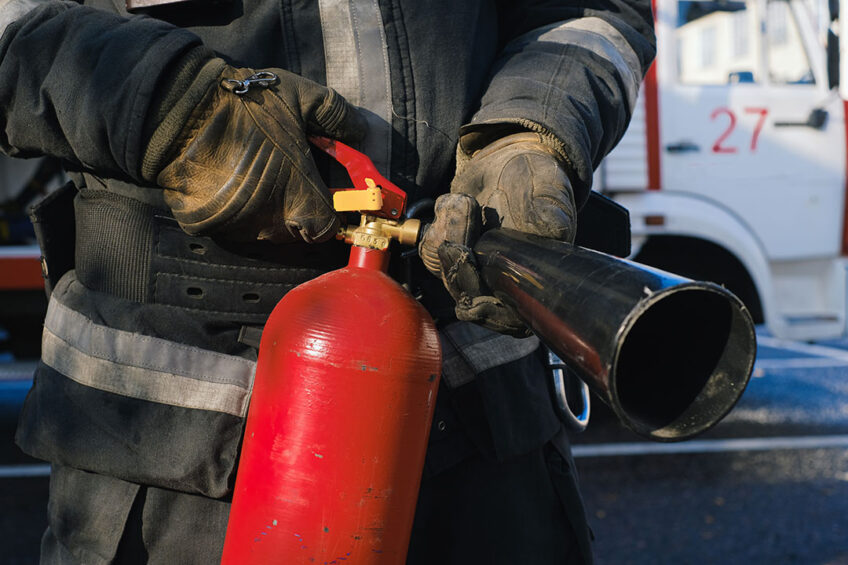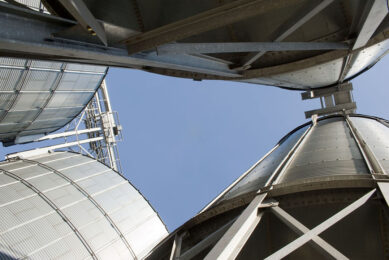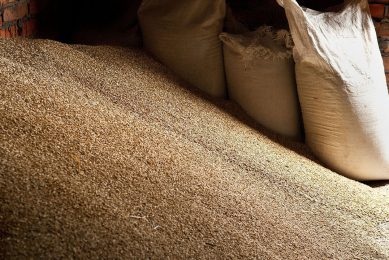Avoiding fires at feedmills: Best practices

On the morning of 16 April, the Jennie-O Turkey Store feed mill in Barron, Wisconsin went up in flames, requiring firefighters from 3 different community departments to attend. There were 2 employees saved from the roof.
In March, a fire “badly damaged” the Corson Grain Mill in Gisborne, New Zealand. At the start of this year, the Rusk County Farm Supply feed mill in Ladysmith, Wisconsin burned. Another fire happened at a Thompsons Ltd. feed mill in Hensall, Ontario in November 2022, on a Saturday night. In June last year, there was a fire at the feed mill owned by MARS Horsecare in Dalton, Ohio. In March last year, in Burton-Trent in the UK, a large fire at a feed factory disrupted travel and left some homes without water and power.
These are just some of the feed mill fires that have taken place over the last year around the world, and these are often in the news, but only the fact of the fire is reported, not the cause. But there are generally only several causes and they are all preventable.
Fire starters
One is grain hot spots, where the temperature in an area of stored grain can rise due to fungal growth, ambient temperature and so on. This might have happened in March 2023, when a fire started inside a silo at the Country Ribbon feed mill in Mount Pearl, Newfoundland, Canada. A worker smelled a burnt popcorn odour and detected heat on the outside of a silo containing maize. However, had the fire started in a silo containing more finely-ground material, an explosion could have ensued.
That’s exactly what happened in 2021 in Brooks, Alberta. A grain dust explosion is considered the cause of a fire that broke out at the MCF Feedyards mill. Richi Machinery in China has also reported that dust explosions have happened in China several times, for example in the silo of a feed plant in Shouguang, in the finished product warehouse of a feed pellet plant in Dezhou, and in the crushing system of a poultry animal feed mill in Laiyang.
Electrical issues are another common cause of fires. In May 2022, the blaze at Gier’s Feed Mill in Cherry Creek, New York was started by a drywall screw that had penetrated a wire, creating an electrical arc.
Jamming is another cause. In July 2022 in Washington, Indiana at the Perdue Grain Mill, a belt for moving grain somehow became jammed and was set on fire because the motor continued to run and overheated.
Many other causes – and ways to prevent fires at feed mills – are listed in the UK-based report Control of Fire & Explosion Risks in Animal Feed Manufacturing Plants & Processes. This report was written by Steve Pope (an engineer with many qualifications such as being a Chartered Safety Practitioner and a member of the Institute of Occupational Safety and Health) with the support of various companies and organisations such as Thompson Feeds and Mole Valley Farmers.
“The main causes of fire in my opinion continue to be poorly controlled hot work, mechanical failure, overheating of a feed plant (from lack of maintenance or regular inspection) and poorly-adjusted plant parts (roller mills and pellet presses),” says Pope. “Electrical safety in most mills is relatively good because dust-tight or dust-resistant equipment (IP 66/IP 5X) has been the standard for many years, coupled with the fact that insurers have required electrical safety inspections for a number of years.” Indeed, he says avoiding the high insurance premiums that result from fires are the main driver for improving standards.
General prevention
Like other groups around the globe, the US-based National Fire Protection Association (NFPA) promotes the prevention of feed mill fires through a good housekeeping programme, regular preventive maintenance, as well as creating and maintaining approved hot work (welding and cutting) safety programmes. In its ‘Standard for the Prevention of Fires and Dust Explosions in Agricultural and Food Processing Facilities,’ it also mentions training employees to understand safe storage and handling practices for flammables and orienting contractors to fire safety rules. An NFPA spokesperson states that “these programmes need to be customised for the facility and the hazards present at each specific site. Omitting any of them or the provisions within them can put a feed mill at high risk for a fire.”
The NFPA also notes that feed mills must pay as much attention to fire prevention as explosion prevention.
The UK report examines the prevention of dust explosions through having a solid barrier formed from either feed material or a valve.
Also, where high-risk pieces of equipment such as grinders and elevators are directly connected to bins or other storage facilities that contain ‘combustible dust clouds.’ the fitting of a choke should be considered. This will ensure that an explosion cannot progress from the grinder/elevator to the bins by placing a physical barrier between them.
Pope notes that while some of the newer mills have this in place, the use of chokes introduces increased problems with contamination between batches – and in the case of rotary valves, they need regular maintenance. “Within feed mills in the UK there is little history of sequential explosions running through the plant and overall they are not considered to be a priority by mill owners and the enforcement authorities,” he says. “Most mills rely on safety measures based on preventing the explosion in the first place, either by ensuring there is no explosive atmosphere (or, if there is, that it lasts only for a short period of time), coupled with controls to prevent sources of ignition.”
Other safeguards of prevention
One of the most important safeguards mentioned in the UK report is the ability to stop transport machinery immediately downstream of any discovered fire or ignition.
In terms of how this has evolved over the last few years, Pope says monitoring and stopping feed mill processes still tends to rely on detection switches fitted to explosion relief panels. He adds that there is very little use of burning material or spark sensors except in conjunction with explosion suppression systems, which in themselves are relatively rare.
In terms of new technology for monitoring fires, Pope says belt slip and alignment on bucket elevators has improved and become more reliable. “This significantly reduces the risk for this type of plant,” he explains. “Also of note, although it’s expensive, is real-time thermal imaging cameras throughout a mill which will detect and set off an alarm when hotspots develop, allowing early tackling of potential fires before they occur. Within the UK, there are very few new mills being built, if any, and where mills are upgraded or new lines are installed there is generally improved monitoring.”











